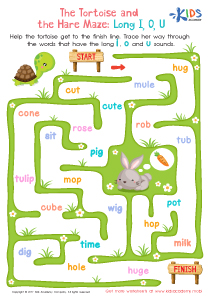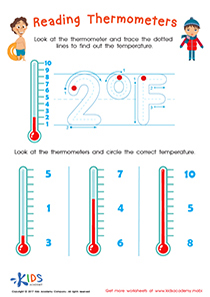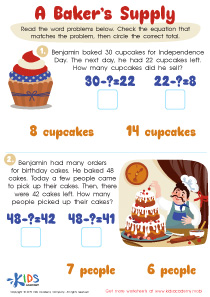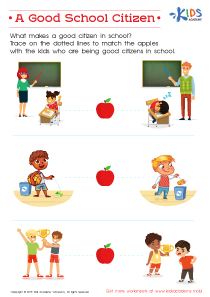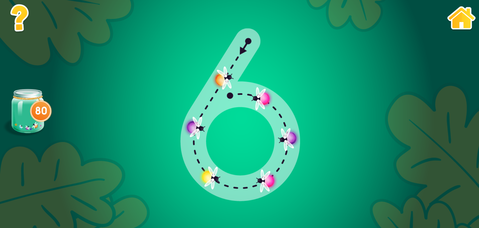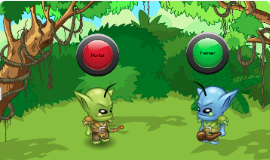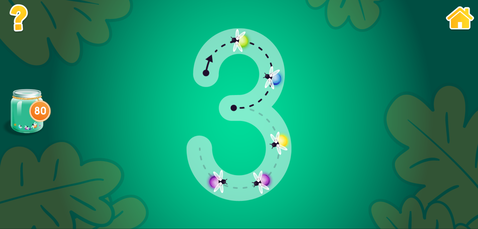4 results
Introduce your little explorers to the amazing world of graphing with our comprehensive Graphing Lessons! Designed for children in preschool, kindergarten, grade 1, grade 2, and grade 3, our interactive worksheets, educational videos, and assessment quizzes will engage your child's imagination and develop their critical thinking skills. With our easy-to-follow lessons, your child will learn how to create and interpret different types of graphs such as bar graphs, line graphs, and pie charts. Plus, they'll have fun exploring the world around them and discovering new ways to visualize data. Let our Graphing Lessons unlock their full potential and guide them towards a bright future!
Graphing Lessons for Children: How They Help in Learning
Graphs are an essential part of our everyday lives. They help us understand complex data, visualize relationships, and make informed decisions. However, teaching young children about graphing can be tricky, especially for those in preschool, kindergarten, grade 1, grade 2, and grade 3. That's why interactive graphing lessons are so crucial in developing a child's mathematical skills.
Graphing lessons involve teaching children how to interpret and create different types of graphs, such as bar graphs and pie charts. By using interactive worksheets and educational videos, children are able to learn at their own pace and gain a better understanding of how graphs work.
One of the biggest benefits of graphing lessons is that they help children organize and analyze data. For example, if a child is learning to make a bar graph based on the number of students in their class, they can use the graph to see which gender is more prevalent, which age group is represented, and how many students attend each school. This helps them develop skills in data analysis, which can be beneficial in other subjects too, like statistics or geography.
Furthermore, graphing lessons also help children develop critical thinking skills. For instance, they may need to analyze data to uncover patterns, trends, and relationships. Children also get to compare data, identify similarities and differences, and make predictions based on the findings. All these skills are essential for problem-solving, which will serve them well throughout their academic years.
Assessment quizzes are another key component of graphing lessons. These help to measure the child's understanding of key concepts and identify areas where more instruction is needed. By taking time to assess a child's progress regularly, teachers and parents will be able to identify gaps and provide support where it is needed the most.
In conclusion, graphing lessons are an essential part of a child's education. They help children develop crucial skills in data analysis, critical thinking, and problem-solving. Moreover, interactive worksheets, educational videos, and assessment quizzes have made it easier for children to learn math in a fun, engaging way. By starting graphing lessons at a young age, children can develop strong math skills that will stay with them throughout their academic and professional careers.
